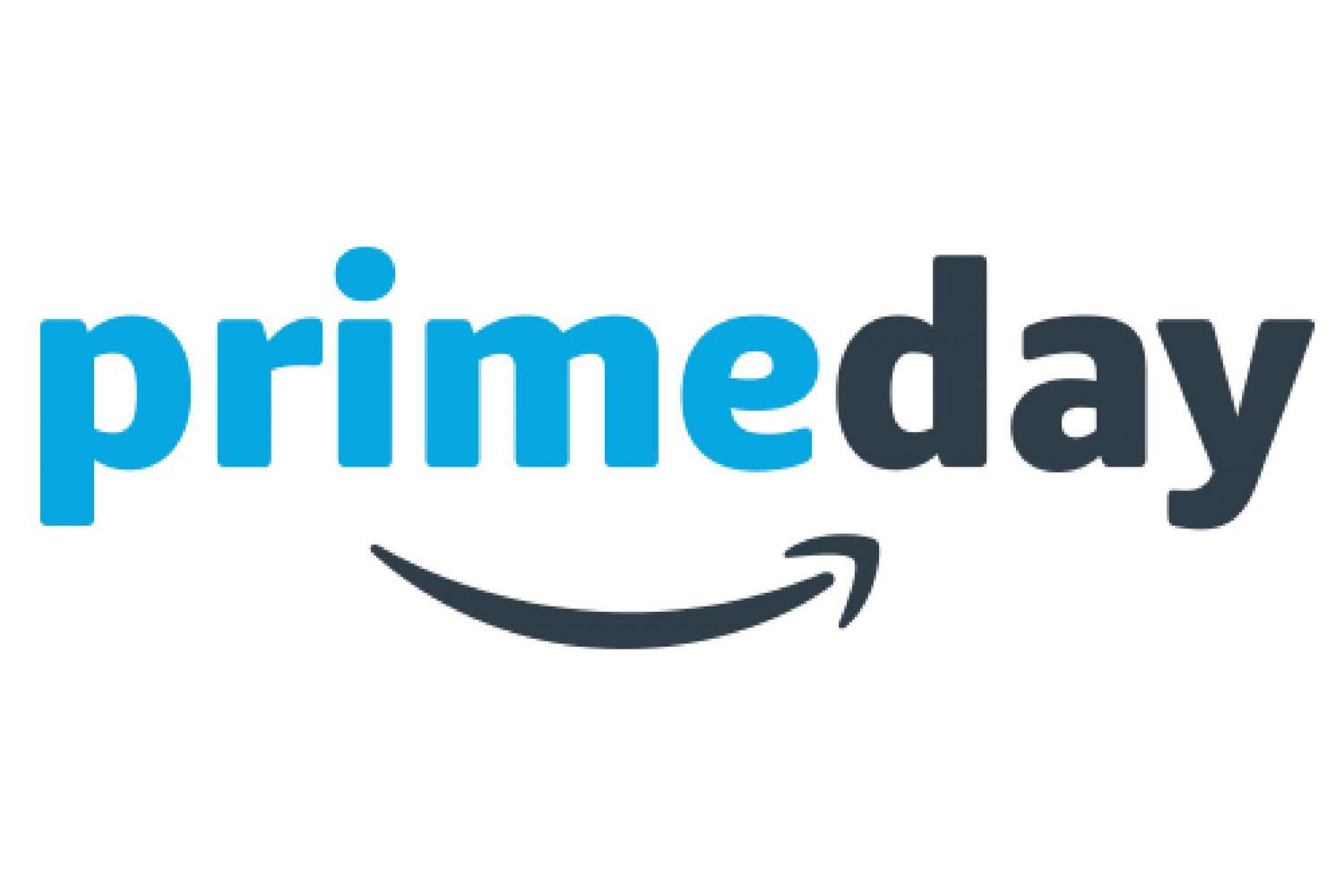Setting a Strong Budget for Your eCommerce Brand in 2025
Creating a solid budget is essential for eCommerce brands looking to scale sustainably in 2025. An effective budget not only safeguards your financial health but also aligns every dollar spent with your strategic goals, enabling you to prioritize spending, streamline operations, and maximize profitability.
Start with a Financial Review
Before crafting a budget for 2025, start with a thorough review of your 2024 financials. This backward look gives you critical insights into revenue trends, profit margins, cost drivers, and seasonality. Take time to examine the following:
- Revenue sources: Identify which channels contributed most significantly to your revenue. Was it Amazon, your direct-to-consumer site, or a social commerce platform?
- Expenses: Break down major spending categories—product sourcing, marketing, shipping, warehousing, and operational costs.
- Cash Flow Patterns: Note periods where cash flow was tighter or more abundant. Seasonal trends can impact eCommerce brands significantly.
- Profit Margins: Did some product lines or channels outperform others in profitability? If so, it’s worth allocating a greater portion of the budget to those areas.
Consider using accounting software or consulting a financial analyst to understand these metrics and set a realistic foundation for your new budget.
Set SMART Financial Goals
Once you have a clear understanding of your financial performance, set SMART (Specific, Measurable, Achievable, Relevant, and Time-bound) financial goals for 2025. Here are some goals to consider:
- Revenue Growth Goals: Aim for a percentage increase in revenue, focusing on growing top-performing channels or products.
- Profit Margin Targets: Decide on a target profit margin that accounts for both gross and net profit. This will influence your spending priorities.
- Cost Reduction Initiatives: Identify areas where you can reduce costs, such as renegotiating vendor contracts, reducing advertising waste, or optimizing inventory levels.
These goals provide the "why" behind each line item in your budget, ensuring that every dollar spent aligns with your strategic objectives.
Understand Fixed and Variable Costs
Every eCommerce budget comprises fixed and variable costs. Distinguishing between the two helps in making smarter allocation decisions.
- Fixed Costs: These are recurring expenses that remain constant regardless of sales volume, such as rent, software subscriptions, and staff salaries. Prioritize these in your budget to maintain essential operations.
- Variable Costs: These fluctuate with sales and can include items like shipping fees, packaging, and transaction fees. Build a buffer for these costs to handle unexpected surges during high-demand periods.
Segmenting your budget by cost type allows flexibility; for example, you can reallocate surplus funds from variable expenses during low seasons to high-impact areas like marketing or product development.
Allocate for Marketing Based on Performance Data
Marketing is often the most significant budget line for eCommerce brands, making it essential to allocate funds wisely:
- Channel-Based Allocation: Review past performance metrics across channels like paid search, social media ads, email marketing, and influencer partnerships. Allocate more to high-converting channels.
- Testing New Channels: Reserve 10-15% of your marketing budget for testing emerging channels, such as TikTok Shop or influencer collaborations, which could unlock new revenue streams.
- Seasonal Campaigns: Allocate additional funds for peak periods like Cyber Weekend and holiday sales. Base the budget on prior years’ ROI for campaigns to maximize returns.
A data-backed marketing budget helps you capitalize on successful channels while staying agile to explore new opportunities.
Product Development and Inventory Management
Inventory and product development are often significant expenses, especially for growing brands. Here’s how to manage them efficiently:
- Forecast Demand: Use historical data to forecast demand and reduce risks of overstock or stockouts. Inventory management software can help you maintain ideal stock levels.
- Budget for New Product Launches: Allocate funds for R&D, prototyping, and initial inventory for new products. Depending on your product cycle, aim for 5-10% of revenue for development.
- Supplier Costs: Evaluate suppliers and consider negotiating for better rates or terms, especially if order volumes have increased. Consider cost-effective packaging that maintains quality.
Balancing product development with lean inventory management ensures your brand stays competitive and can meet demand without tying up excessive capital.
Factor in Technology Investments
To scale efficiently, eCommerce brands must invest in technology that streamlines operations and enhances customer experience:
- eCommerce Platform Fees: If you operate on platforms like Shopify, WooCommerce, or Amazon, account for subscription and transaction fees.
- Automation Tools: Software for marketing automation, customer relationship management (CRM), and supply chain management can significantly reduce manual tasks.
- Analytics Software: Advanced analytics platforms, like Google Analytics 4, allow for improved data-driven decisions. Budget for these tools to monitor and optimize campaign performance in real time.
Technology investments may have upfront costs but provide long-term productivity and efficiency gains.
Plan for Logistics and Fulfillment Costs
Shipping, warehousing, and fulfillment are major cost drivers in eCommerce, especially for high-order volumes:
- Shipping Costs: With rising carrier fees, allocate sufficient funds for shipping. Explore partnerships or bulk shipping discounts, especially for peak seasons.
- Warehouse Management: Evaluate the costs versus benefits of your current 3PL provider. If costs are high, consider renegotiating contracts or researching new partners.
- Returns Management: Budget for return processing and fees associated with reverse logistics. A streamlined returns process reduces costs and improves customer satisfaction.
Efficient logistics can be a competitive advantage if budgeted and planned proactively.
Account for Operational and Staffing Costs
As your business scales, so do operational and staffing costs:
- Staff Salaries and Benefits: For in-house teams, budget for salary increments, bonuses, and benefits. Consider inflationary adjustments and competitive wages to retain talent.
- Outsourcing vs. In-House: Consider whether roles like marketing or customer service could be more cost-effective to outsource.
- Professional Services: Budget for legal, accounting, and tax services to avoid compliance issues and identify tax-saving opportunities.
Prioritizing operational expenses and staffing budgets ensures you have the necessary infrastructure for smooth day-to-day operations without compromising growth.
Create a Contingency Fund
Unforeseen expenses are common in any business. A contingency fund provides a financial cushion to handle unexpected situations, such as:
- Supply Chain Disruptions: Set aside funds to manage emergencies like price surges or stock shortages.
- Market Changes: Consumer trends and economic fluctuations can impact sales. A contingency fund keeps your brand agile.
- Tech or Platform Issues: Technical issues or policy changes on eCommerce platforms can lead to unexpected costs. Reserve funds to resolve disruptions quickly.
Setting aside at least 5-10% of your budget as a contingency fund ensures your brand can navigate unforeseen events.
Implement and Monitor Your Budget
Creating a budget is only the first step; active monitoring keeps you on track:
- Monthly Budget Reviews: Schedule monthly check-ins to compare actuals against budgeted figures. Identify and analyze variances to adjust spending in real time.
- Flexible Reallocations: If one area underperforms or overperforms, reallocate funds as needed.
- Leverage Financial Software: Use budgeting and forecasting tools like QuickBooks, Xero, or eCommerce financial platforms for efficient adjustments.
Monitoring your budget ensures your brand remains agile and aligned with financial goals, making necessary adjustments as trends evolve.
Setting a robust budget for 2025 empowers your eCommerce brand to scale strategically, balancing revenue growth with cost efficiency. With a thorough financial review, SMART goals, and a proactive approach to managing expenses across marketing, product development, logistics, and operations, your brand can stay resilient and capitalize on new opportunities.
A flexible, well-monitored budget acts as both a roadmap and a safeguard, allowing your brand to focus on long-term success while maintaining agility in a rapidly evolving marketplace.
More About aiCommerce
aiCommerce is a global digital marketing agency with a focus on retail and eCommerce marketplaces. aiCommerce can help your brand grow across eCommerce channels to gain brand awareness, visibility, and increase sales, all backed by our 90-day guarantee. Now is the perfect time to utilize our eCommerce experts to help grow your business. Click the button below to learn more!




